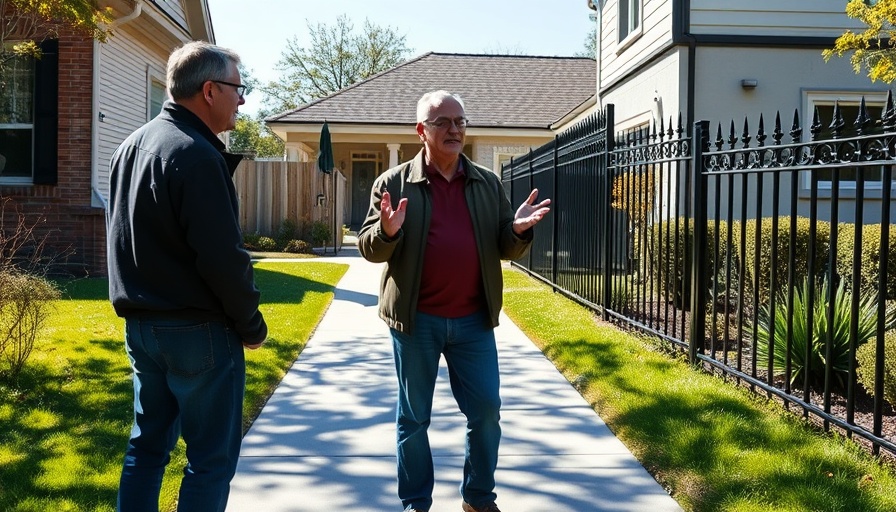
Sidewalk Repairs: A Sudden Financial Burden for Homeowners
Cincinnati residents are grappling with an unexpected financial burden due to emergency sidewalk repairs that have left over 100 homeowners owing the city more than $237,000. Among them is Phyllis Leurck, a lifelong resident of CUF, whose repairs set her back by more than $2,600. The 72-year-old, who has lived in her home for over seven decades, shares that the condition of her sidewalk made navigating her neighborhood especially difficult, given her health issues.
The City’s Policy on Sidewalk Safety
The responsibility for maintaining sidewalks falls squarely on property owners, according to Cincinnati’s regulations. When sidewalks are deemed unsafe—either for being structurally compromised or not compliant with the Americans with Disabilities Act (ADA)—the city determines that urgent repairs are necessary. Homeowners like Leurck are then presented with three choices for handling these necessary repairs: hiring a private contractor, replacing the sidewalk themselves, or opting for city contractors, which is what Leurck chose.
A Strain on the Community
The fallout from these repairs is not just financial; it's impacting community relationships. The financial burden can create stress and tension among residents who may feel unprepared to handle these unexpected costs. This sentiment was echoed during a recent Budget and Finance Committee meeting, where assessments for 116 properties were discussed. The city sees the urgency in repairs but must also grapple with the community's anxiety over the costs incurred.
Understanding the Payment Options Available
With bills assessed, the city has instituted a payment plan giving residents 30 days to repay their dues. Homeowners can choose from scheduled payments spread over three, five, or even ten years. While this provides some relief, it still emphasizes the overarching concern for how these repairs financially impact everyday citizens.
In the Broader Context of Urban Infrastructure
Cincinnati isn’t the only city facing such issues. Across the U.S., municipalities struggle with maintaining aging infrastructure while ensuring public safety. Similar situations, where homeowners are accountable for local infrastructure maintenance, have emerged from cities like Pittsburgh and Cleveland, creating a national conversation on how to fund public works more equitably. Some advocate for a shift towards public funding to relieve homeowners of these financial obligations, arguing that walking paths and sidewalks must be a communal responsibility.
Future Predictions: Will Policies Change?
As Cincinnati residents contend with this sudden financial responsibility, discussions around changing local policies may gain traction. With growing public concern about how infrastructure repair funding is handled, city officials might be propelled to reconsider options for covering costs that better balance public and private responsibilities. The push for community-led discussions and petitions advocating systemic reforms could pave the way for future changes that lighten the burden on residents.
A Call for Community Engagement
The situation invites residents to engage in local governance, encouraging them to voice their opinions on how sidewalk repairs and maintenance should be funded and managed. This approach could unite the community in advocating for safer, more accessible navigation while illuminating the importance of urban infrastructure maintenance.
Ultimately, ethical governance, engaged citizens, and collaborative solutions are essential for the sustainability of neighborhoods like CUF, where residents like Leurck deserve not just a repair but a systemic change that ensures their community can thrive without the weight of undue financial pressure.
 Add Row
Add Row  Add
Add 




Write A Comment